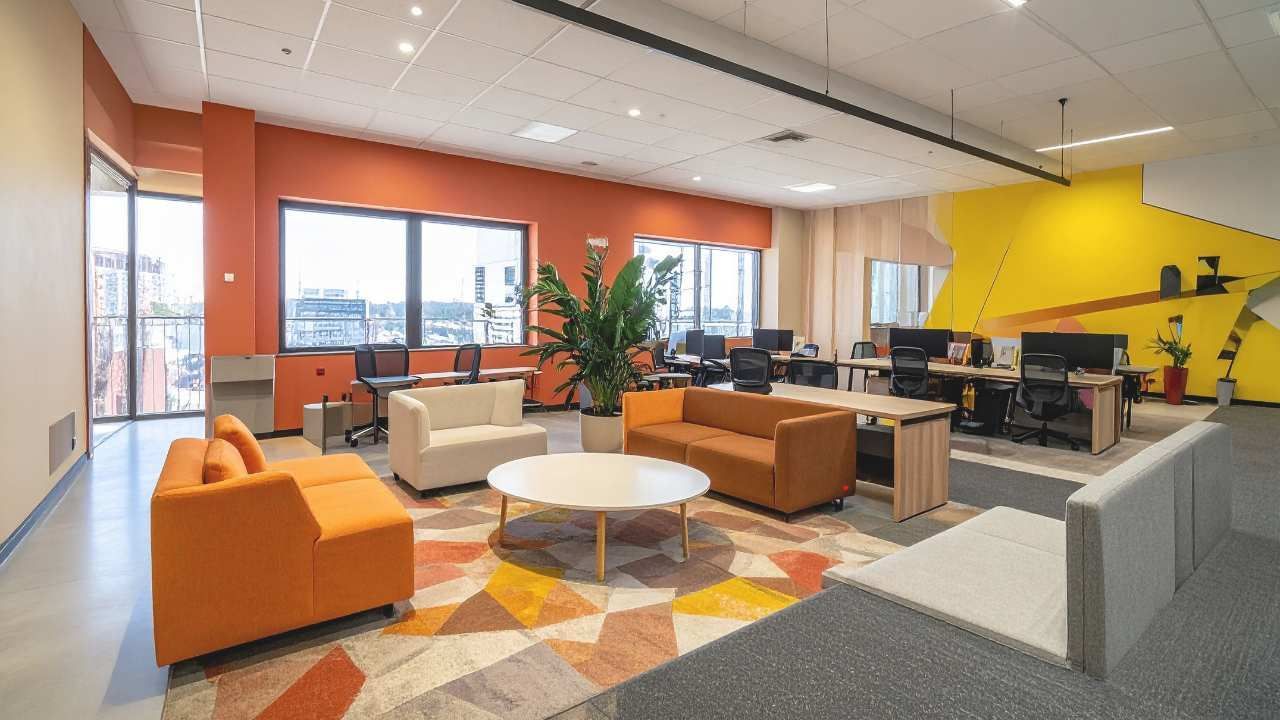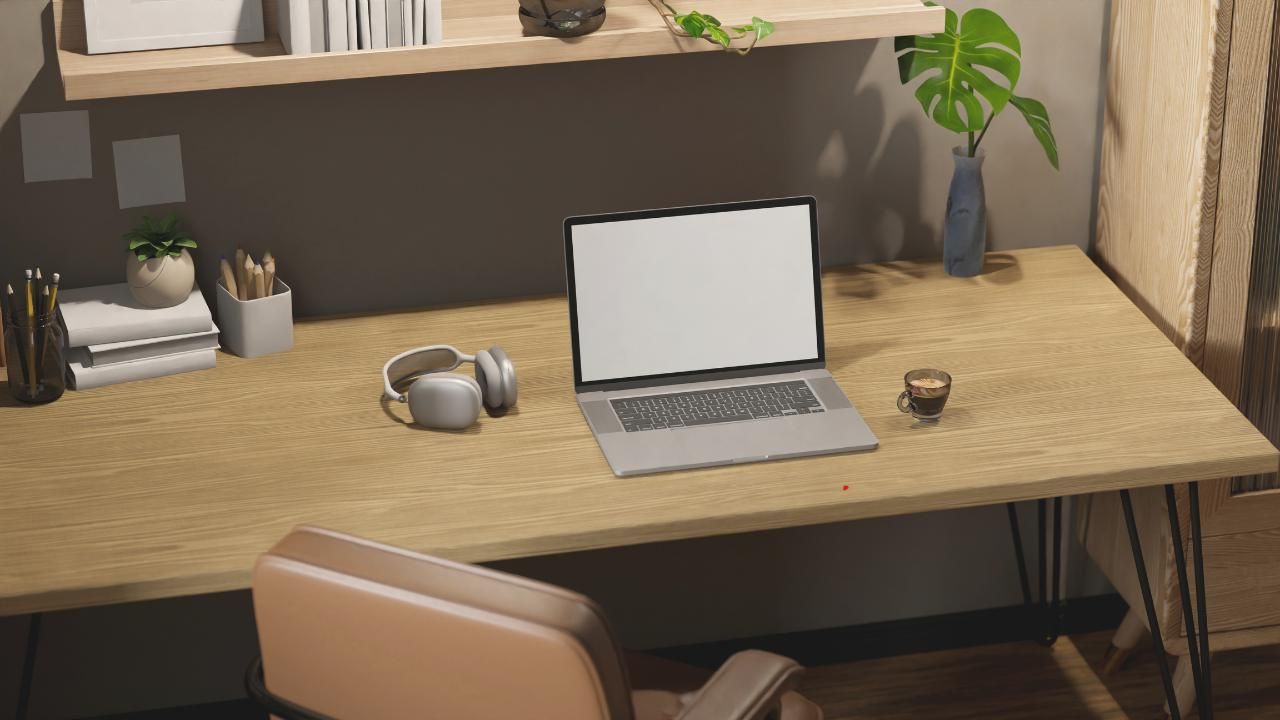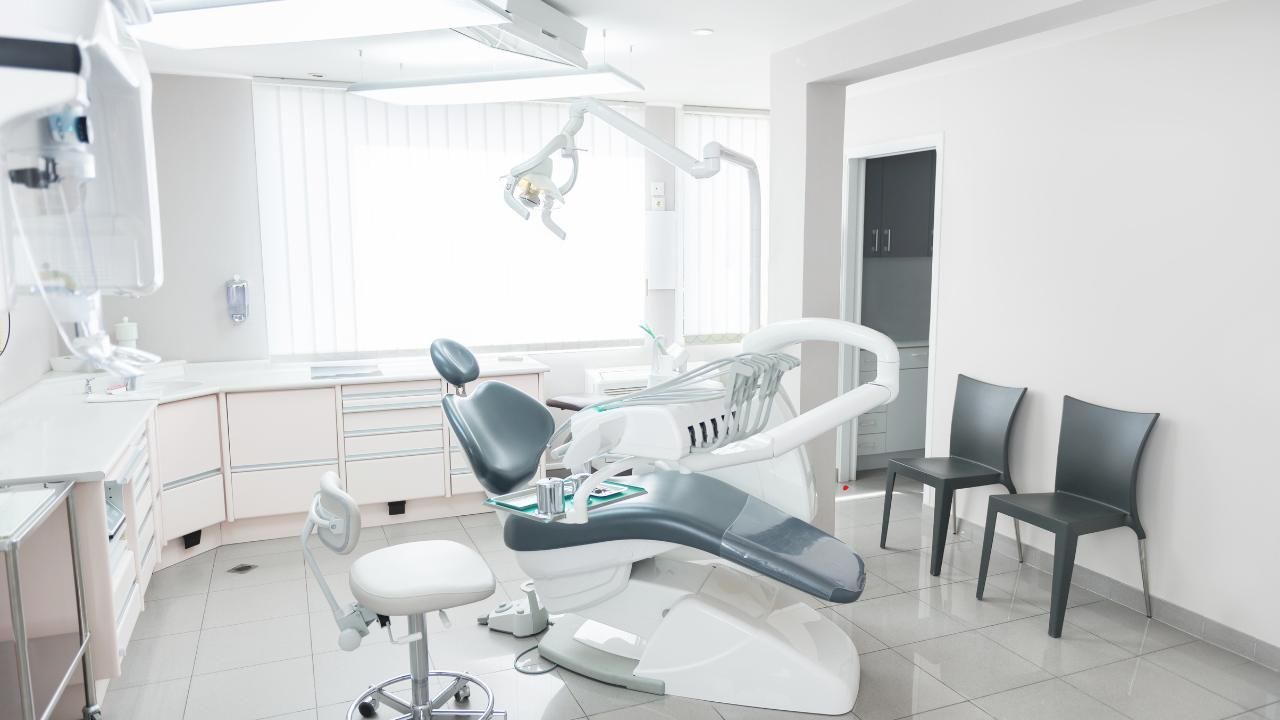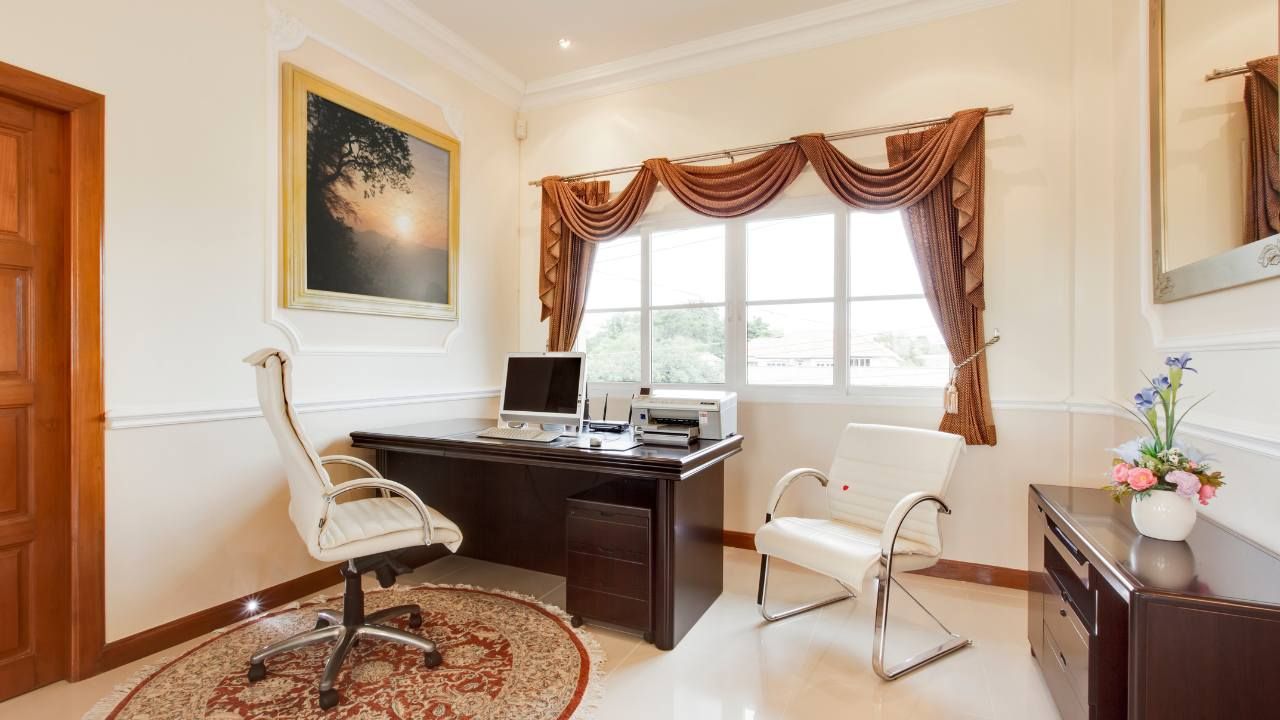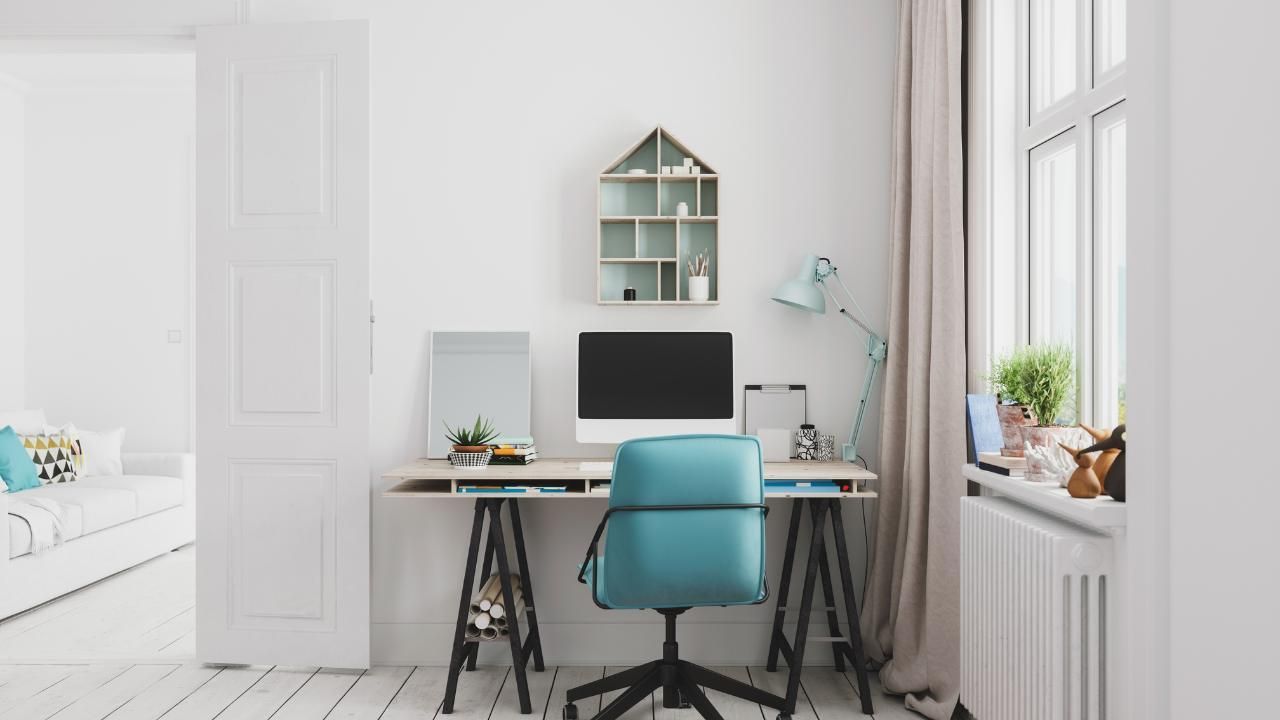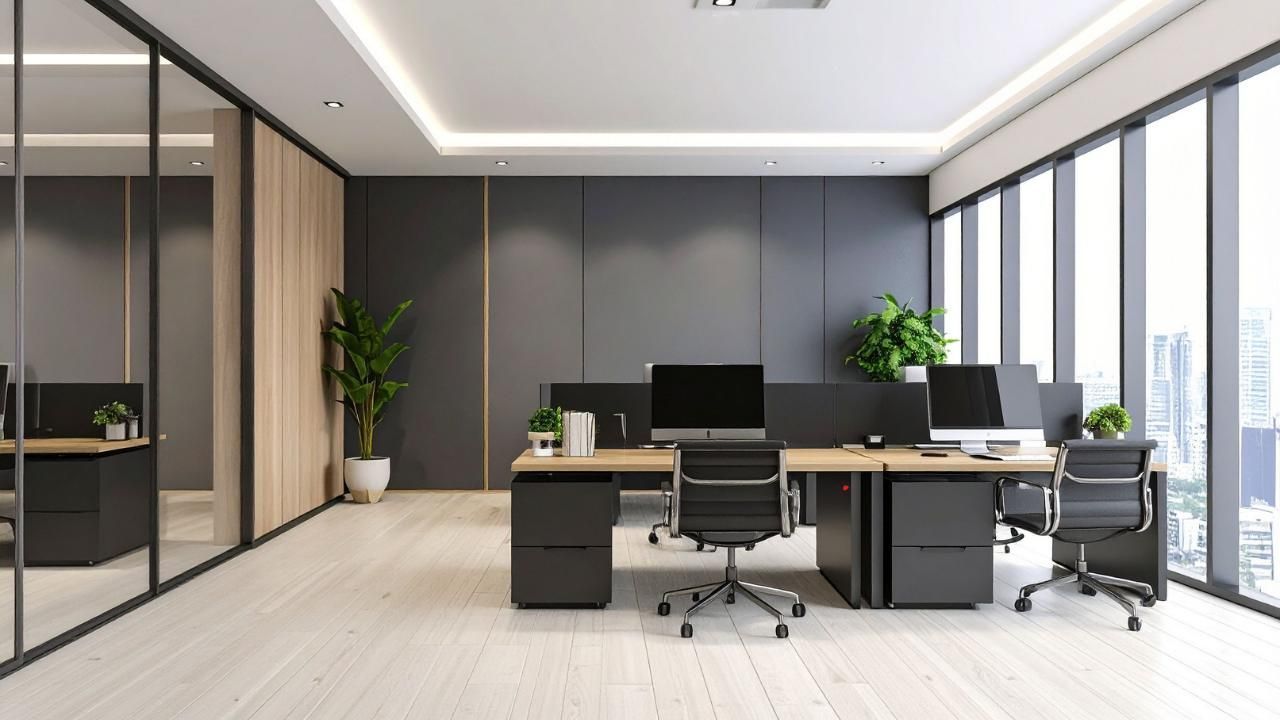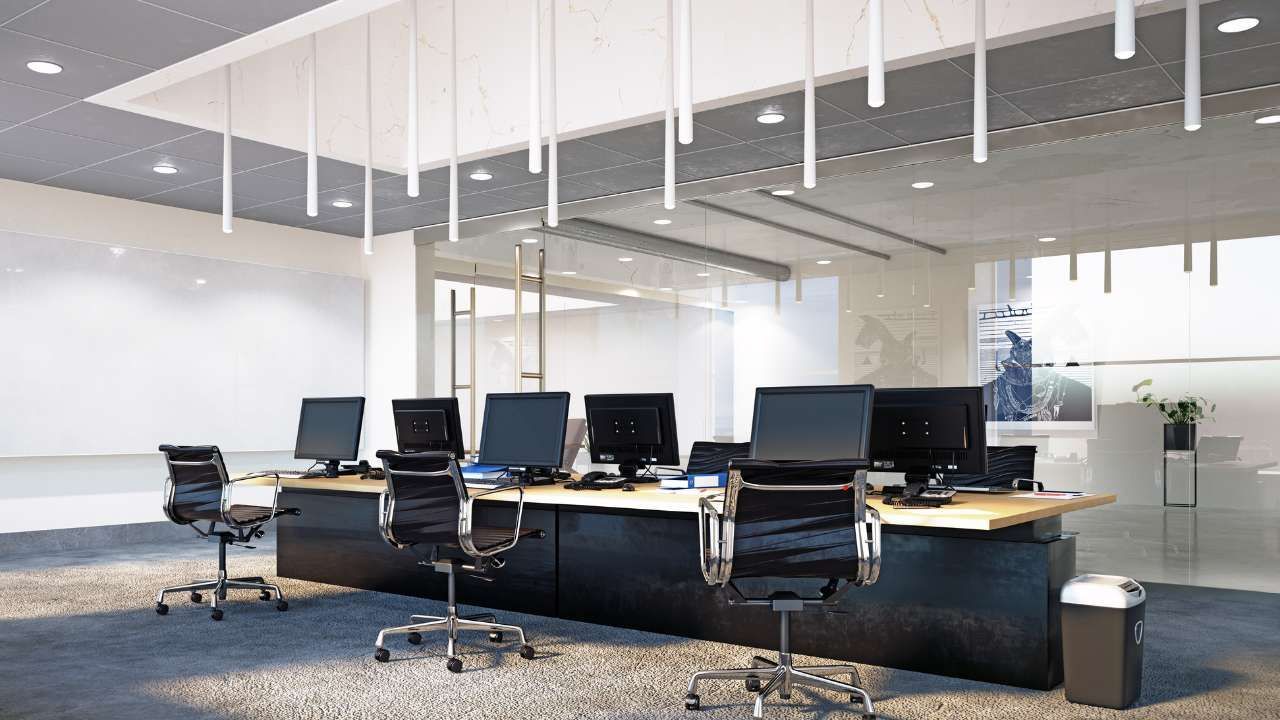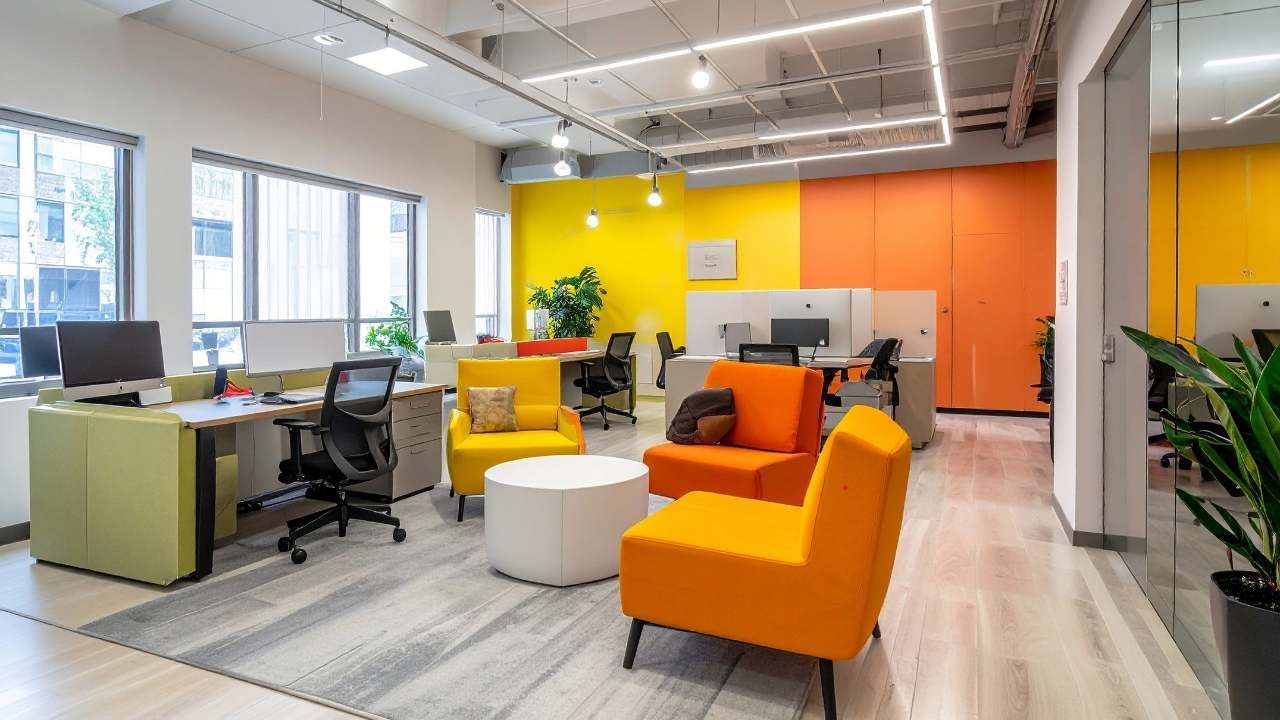How Long Should Office Furniture Last? Signs It’s Time to Replace
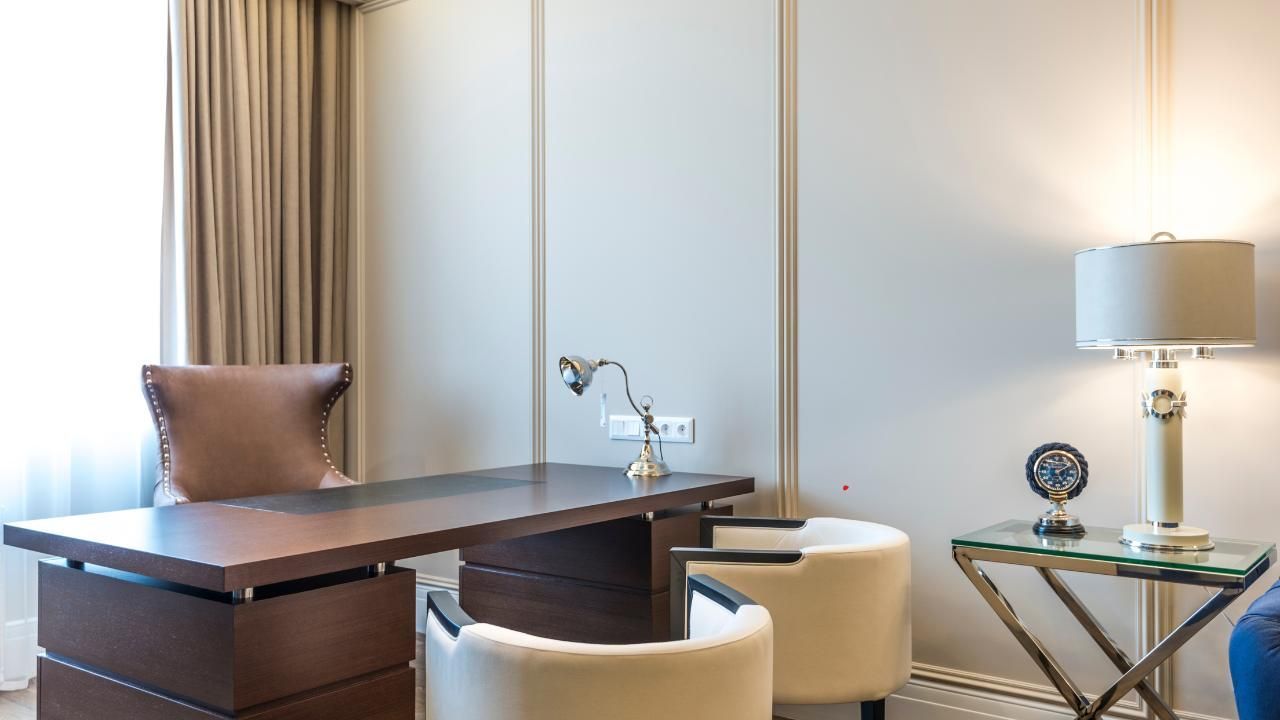
If your office chairs are squeaky, desks are wobbling, and filing cabinets have seen better days, it may be time to evaluate the lifespan of your office furniture. For Lafayette IN businesses aiming to stay efficient and professional, keeping your workspace equipped with modern office furniture isn’t just about looks—it’s about productivity, safety, and employee morale.
In this post, you’ll learn how long common office furniture typically lasts, the red flags that it’s time to replace them, and tips to help you choose quality replacements when the time comes.
The Average Lifespan of Office Furniture
While not set in stone, office furniture generally has the following lifespans:
- Office Chairs: 7 to 10 years (less with heavy use)
- Desks and Workstations: 10 to 15 years
- Filing Cabinets: Up to 20 years (depending on material)
- Cubicles and Partitions: 10 to 15 years
- Conference Tables: 10 to 20 years
Several factors can influence this, such as usage intensity, material quality, and maintenance. For example, a high-end ergonomic chair in an executive office might outlast a basic model used in a high-traffic call center.
5 Signs It’s Time to Replace Your Office Furniture
Waiting until something breaks isn't the best strategy. Here are five clear signs your office furniture needs a refresh:
1. Visible Wear and Tear
If surfaces are chipped, fabric is torn, or metal is rusting, your furniture is likely past its prime. This doesn’t just affect appearances—it can pose safety hazards or affect functionality.
2. Reduced Comfort and Ergonomics
When chairs no longer support posture or desks don’t allow for proper screen height, employees feel it. Poor ergonomics can lead to health issues, which in turn affect productivity and satisfaction.
3. Frequent Repairs
If you’re constantly tightening screws or calling maintenance to fix drawer tracks, the cost of repair may outweigh replacement. It’s smarter (and safer) to invest in a longer-lasting upgrade.
4. Outdated Style or Layout
A dated office can send the wrong message to both clients and employees. Modern offices prioritize flexibility, open layouts, and collaborative environments. Replacing outdated furniture helps align your workspace with your current brand and company culture.
5. Growth or Change in Workflow
If your team has grown or shifted to hybrid work, your furniture needs may have changed. Maybe you need more shared workstations and fewer private cubicles. Or maybe conference rooms need to become flexible huddle spaces.
Case Study: A Lafayette Office Reinvents Its Workspace
An accounting firm in Lafayette, IN, recently transitioned from traditional cubicles to a modern open-floor layout to accommodate a hybrid work model. They replaced their decade-old desks and rolling chairs with flexible modular stations from Indoff Office Interiors, which not only refreshed the office look but also improved team collaboration. Employee feedback showed a 30% increase in satisfaction with their work environment.
Choosing Furniture That Lasts
When it’s time to replace your office furniture, don’t just shop by price—think longevity. Here are a few quick tips:
- Look for commercial-grade materials like steel frames, high-pressure laminate surfaces, and stain-resistant fabrics.
- Prioritize adjustability in seating and desk height to accommodate different users.
- Buy from trusted suppliers with warranties and service support.
Indoff Office Interiors offers expertly curated options that blend durability, style, and function. Whether you need ergonomic chairs or modular desks, it’s a one-stop furniture shop trusted by Lafayette businesses.
Time to Upgrade?
If any of the signs above sound familiar, don’t wait until something breaks mid-meeting. Give your office a functional and aesthetic boost with quality furniture that stands the test of time. Ready to refresh your workspace? Shop now and create a space that works as hard as you do. To discuss your office furniture needs, please contact us.

